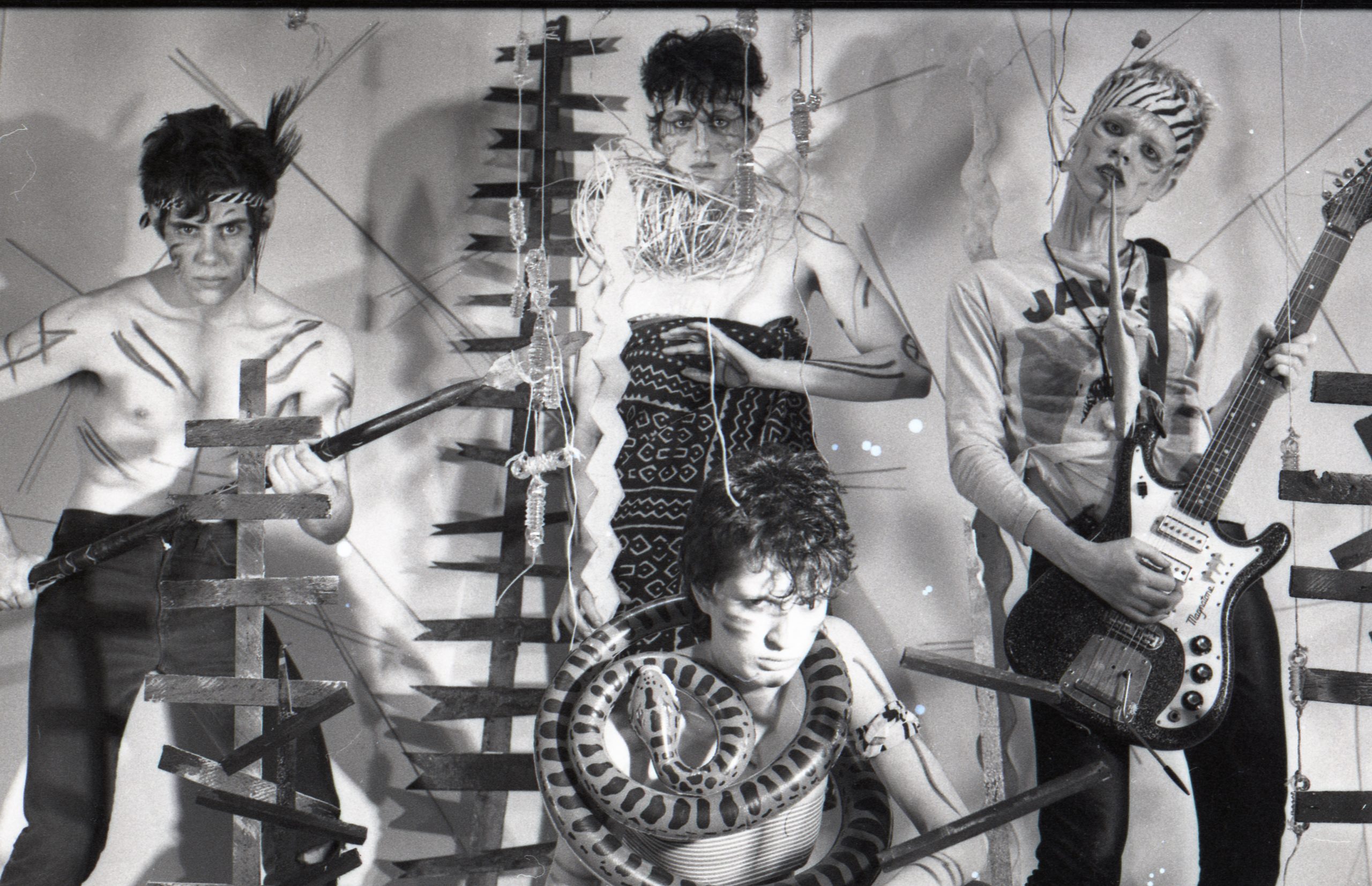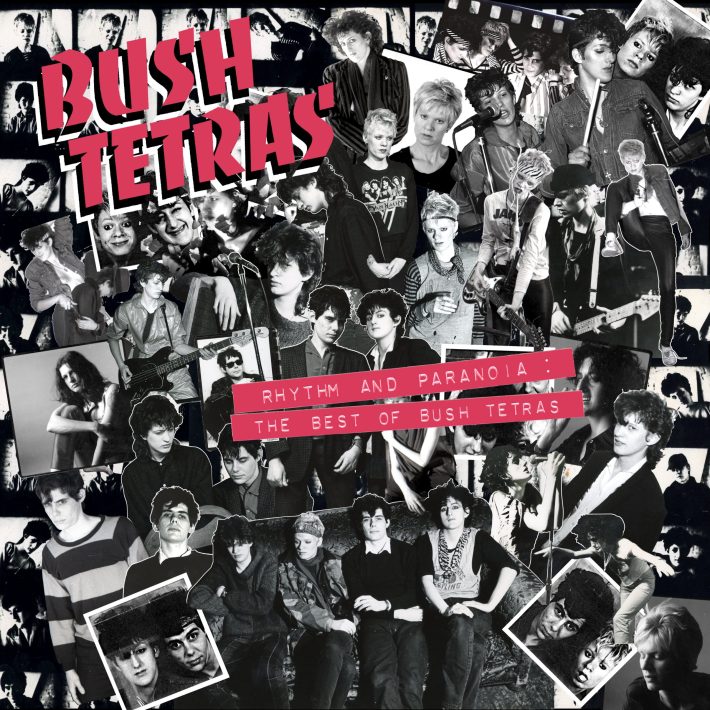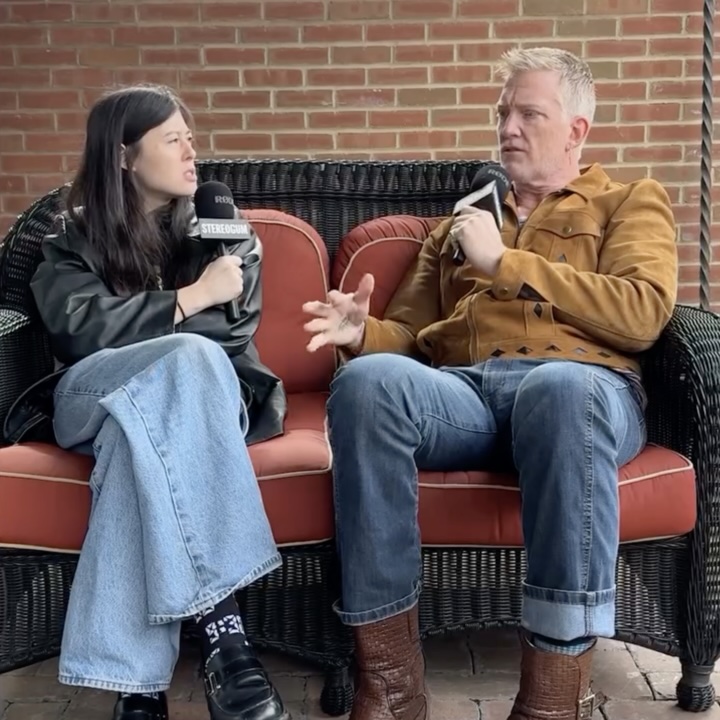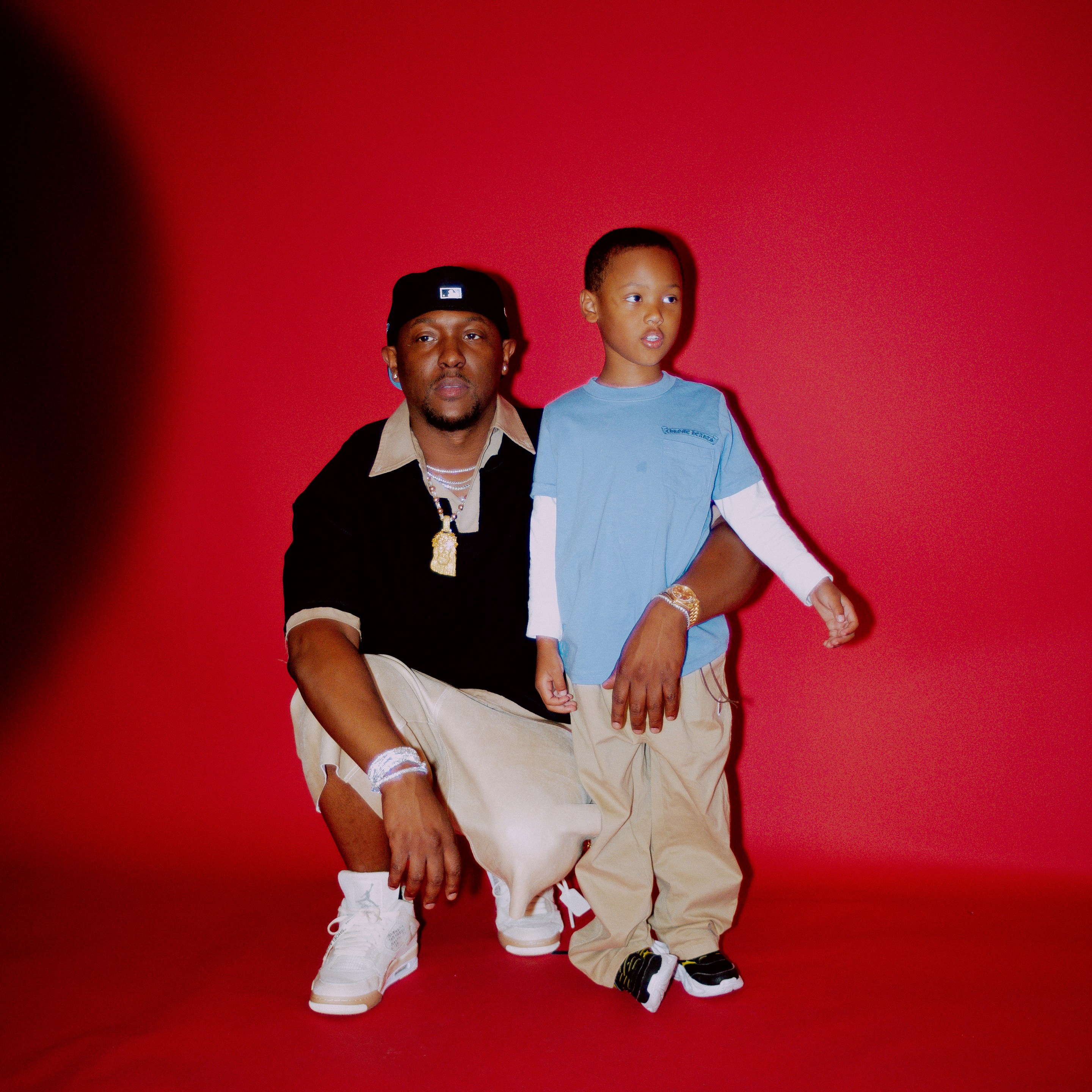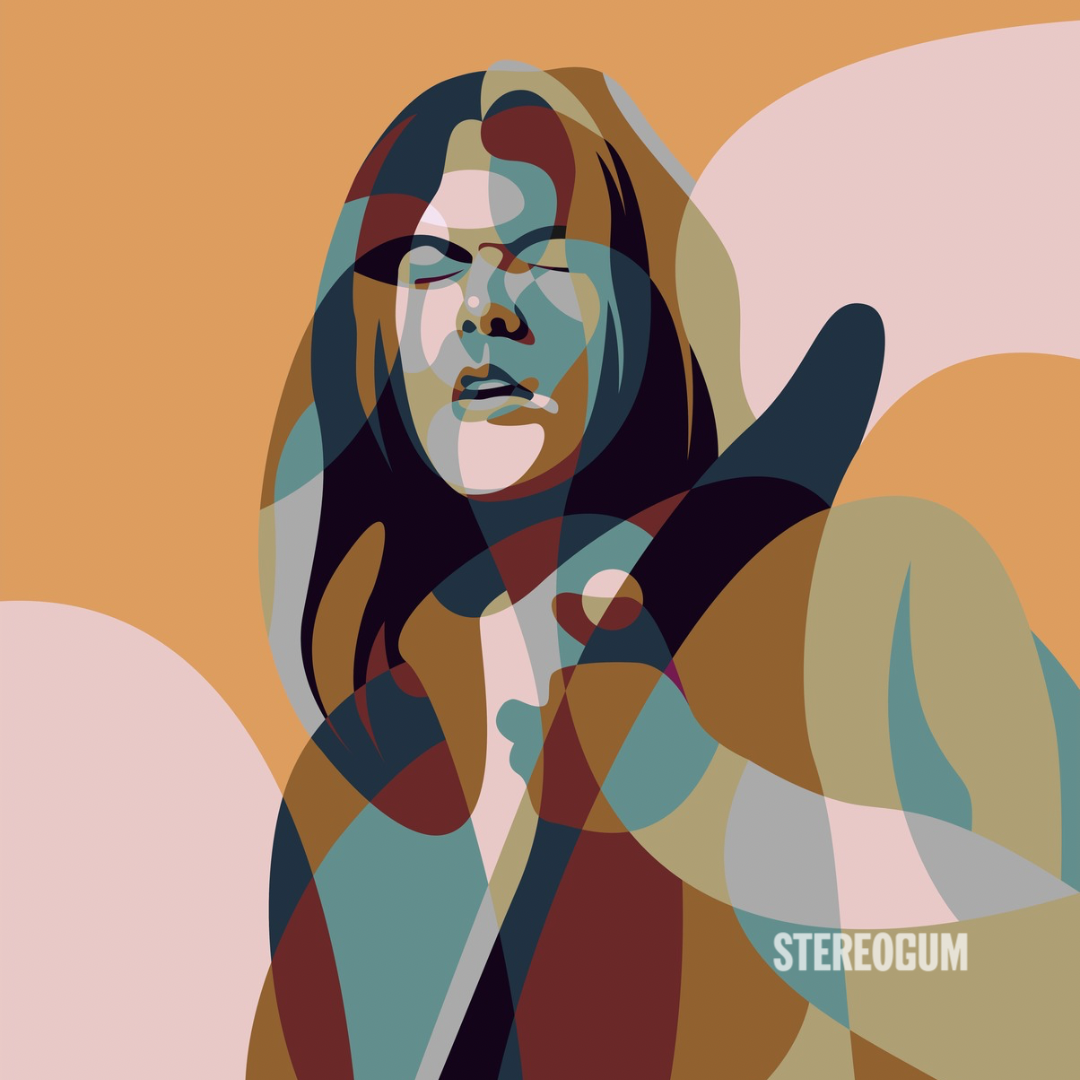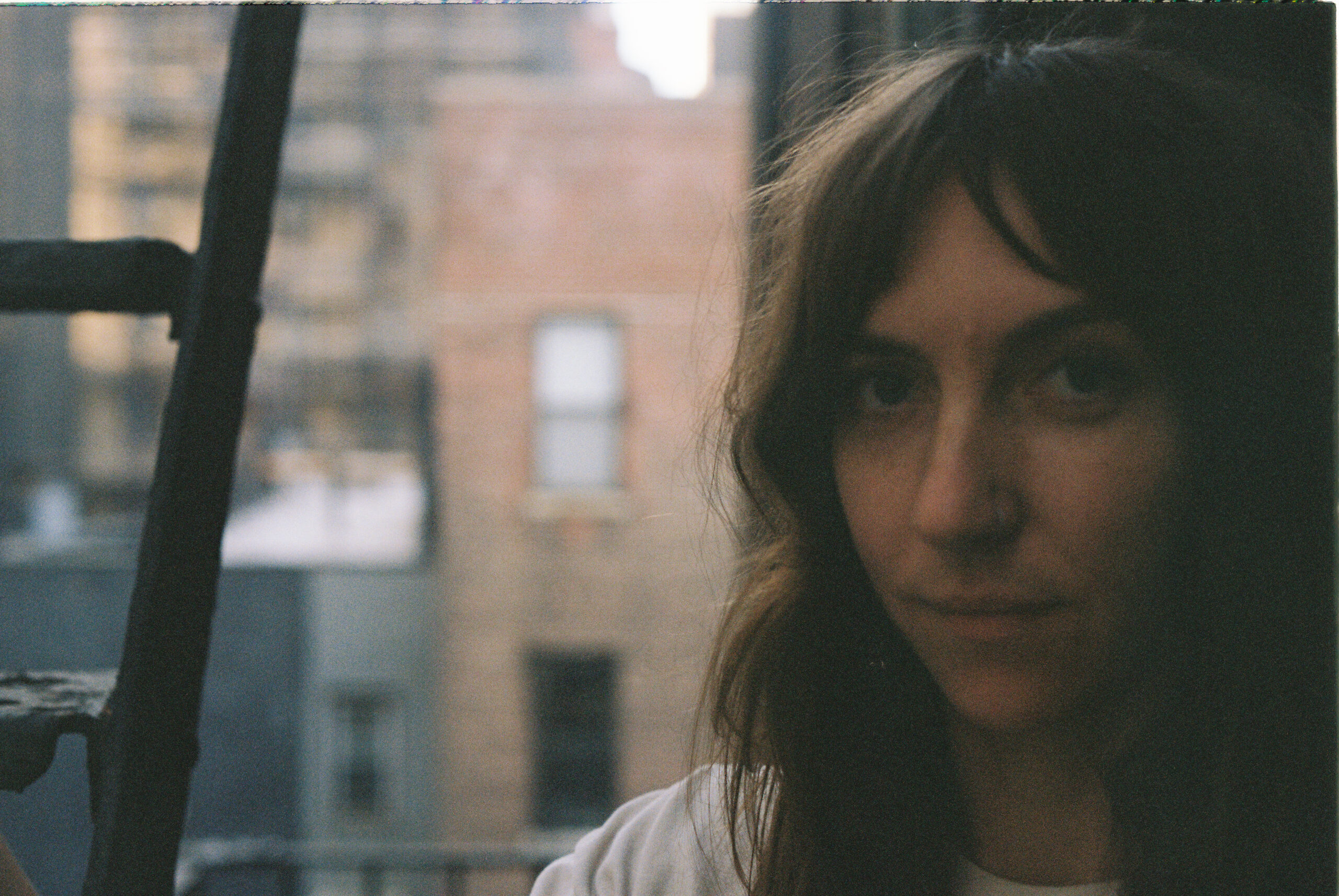With a career-spanning box set out today, just weeks after the death of drummer Dee Pop, the veteran New York punks are still focused on the future
There is a hum in New York, and it sounds like Bush Tetras: quick, unfussy grooves; eerie snake-like rhythms; stabs of searing guitar. The longer you live here, the more it moves you. Bush Tetras arrived in the late 1970s and lit a spark that's been quietly sizzling ever since. Across 30 tracks, three LPs, and four decades, a new box set from Wharf Cat Records reignites the band's vital legacy as post-punk pioneers. But Rhythm And Paranoia: The Best Of Bush Tetras is no epilogue; Bush Tetras are still here, fanning the flames of a brand new era.
Forty years ago, the cult-classic debut single "Too Many Creeps" captured the living, breathing energy of the Lower East Side and firmly established a signature sound: calm, collected, and effortlessly cool. Rhythm And Paranoia, with its remastered hits, live recordings, and previously unreleased treasures (like the abrasive, Henry Rollins-produced "Cutting Floor"), amplifies the band's dark, distinctive voice at a time when the world is ready to listen. But privately, Bush Tetras are mourning. Drummer Dee Pop, whose crisp, anxious pulse was such an essential element of the Bush Tetras equation, died suddenly just weeks ago. When I meet guitarist Pat Place and vocalist Cynthia Sley -- the band's two remaining original members -- for an interview, his presence is felt and the emotion is real. "He was our archivist," Sley tells me, her eyes filling with tears.
"He kept records of the gigs and everything we made," Place adds. "No one else was keeping track. No one else ever thought we'd be talking about the band 35, 40 years later."
"Losing Dee Pop recently is a huge blow, but now it’s more important than ever that we get this right for him," Wharf Cat’s Trip Warner later writes via email. The label's relationship with Bush Tetras began in 2018 with a five-song EP, Take The Fall. Shortly after, they began to discuss a compilation that would tell “the entire 40-year Bush Tetras story in a way they had not been done before.” In a cruel twist of fate, none of it would have been possible without Dee.
"We wrote 10 new songs during COVID," Sley reveals. “Dee was so excited about them. He said, 'Well, why don't we just do a whole set of the new songs at the release show?' and we said, 'Dee, the show is for the box set.' He said, 'But we're Bush Tetras! We can do whatever we want.'"
“He always wanted to be radical,” Place remarks, smirking.
In the city's famed no wave music scene of the mid-1970s, Pat Place found her destiny like so many young punks before and after her: by faking it.
"I met James [Chance] at CBGB," she recalls. "I would go there every night and just hang out. I didn’t know him, but he came up to me because I had some crazy hair. He said, 'I really like your hair. Do you play an instrument?' I was like, 'Oh, yeah, I play bass.' He told me to come to his next rehearsal on Delancey Street.
"I borrowed a friend’s bass and just showed up. I couldn’t play it. So he said, 'Maybe you should try guitar.'"
While playing with Chance in the Contortions, Place met Sley and original Bush Tetras bassist Laura Kennedy. "Laura and I went to art school together in Cleveland," Sley explains. "Laura came here first and met Pat. Then I came in the summer of 1979, and we all started hanging out."
"Nobody wanted to live here. Rent was cheap," Place recalls. "It was right before AIDS. The New York club scene was big and people really partied. We could play Danceteria, Peppermint Lounge and make three or four grand a night."
"I didn't leave my house until midnight because I didn't have to work the next day," Sley remembers. "That was a big part of our first demise. We played ourselves into the ground. We didn’t have good representation and we were young. We wanted the money."
By the mid-'80s, Bush Tetras had been unsurprisingly "fried" from endless shows, parties, rehearsals, and touring. "The songs stopped coming because we were playing too much. Then Dee quit. He felt like he had done as much as he could with the band."
"Plus we were darker, more sinister… more New York," Sley says. "We were androgynous. Record labels didn't know what to do with our look. We weren’t the Bangles or the Go-Go’s. We didn’t have Belinda Carlisle in her little outfits doing a little dance.
"We kept asking why we weren't getting signed… a lot of the other bands we played with did get signed..."
"...the male bands," Place interjects.
"But it wasn’t like other musicians made you feel particularly self-conscious about being a woman... I didn't feel that weird. It was definitely a boys' scene, but it wasn't like we were ostracized..."
Place interrupts her again, but this time silently, with a look on her face that speaks volumes. Now in their 60s, Place and Sley are still best friends, which explains how, even long after Bush Tetras' initial split, they've kept finding their way back to each other. (The original Bush Tetras reunited in 1995, and the band has been active on and off ever since, with various bassists taking over for Kennedy, who died of liver disease in 2011; most recently Val Opielski took over the role in 2016.)
"There was never any competition between us," Sley assures me. "In Bush Tetras, everyone brings their own thing, and everything is equally important. I think Dee really liked playing with women." Back then, Bush Tetras didn’t make the most noise or wear the flashiest outfits. But now, with a new spotlight illuminating their enduring impact, they have a chance to burn even brighter than before. I ask Place and Sley, true icons of the Lower East Side, what they think New York's next chapter might look like. Whatever the answer, they'll be here to see it.
"New York will be back, absolutely!" Sley exclaims. "It's just not happening right now. People have to want to start a club, start a scene. With rents going up, it gets harder and harder..."
"... But rock music isn’t going anywhere," Place finishes. "And we weren't really a rock and roll band back then, either. But I guess at this point, now we are!"
Rhythm And Paranoia: The Best Of Bush Tetras is out now on Wharf Cat.
